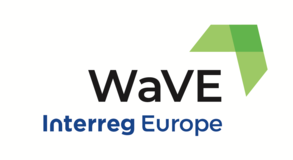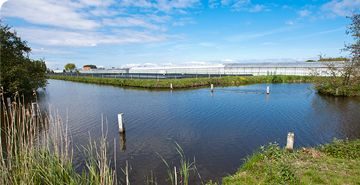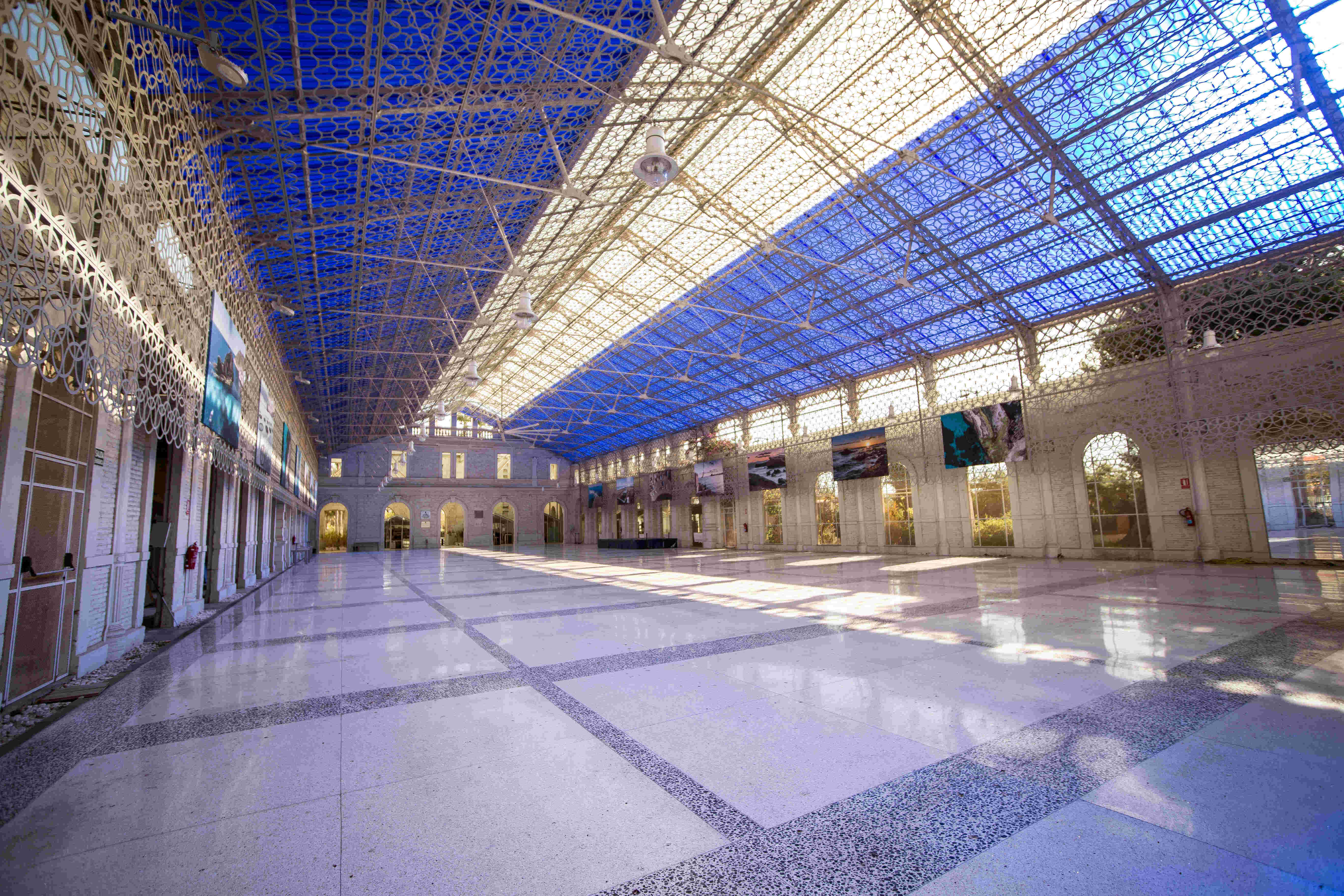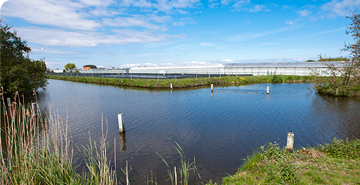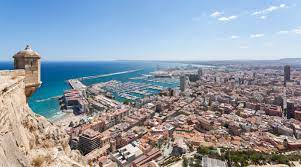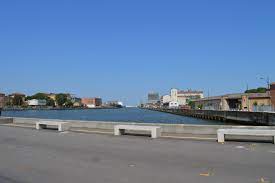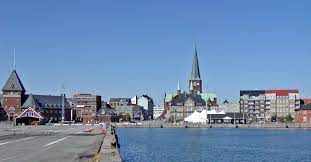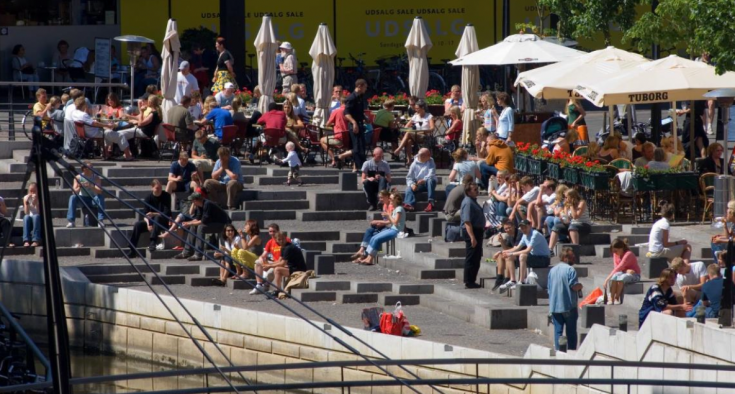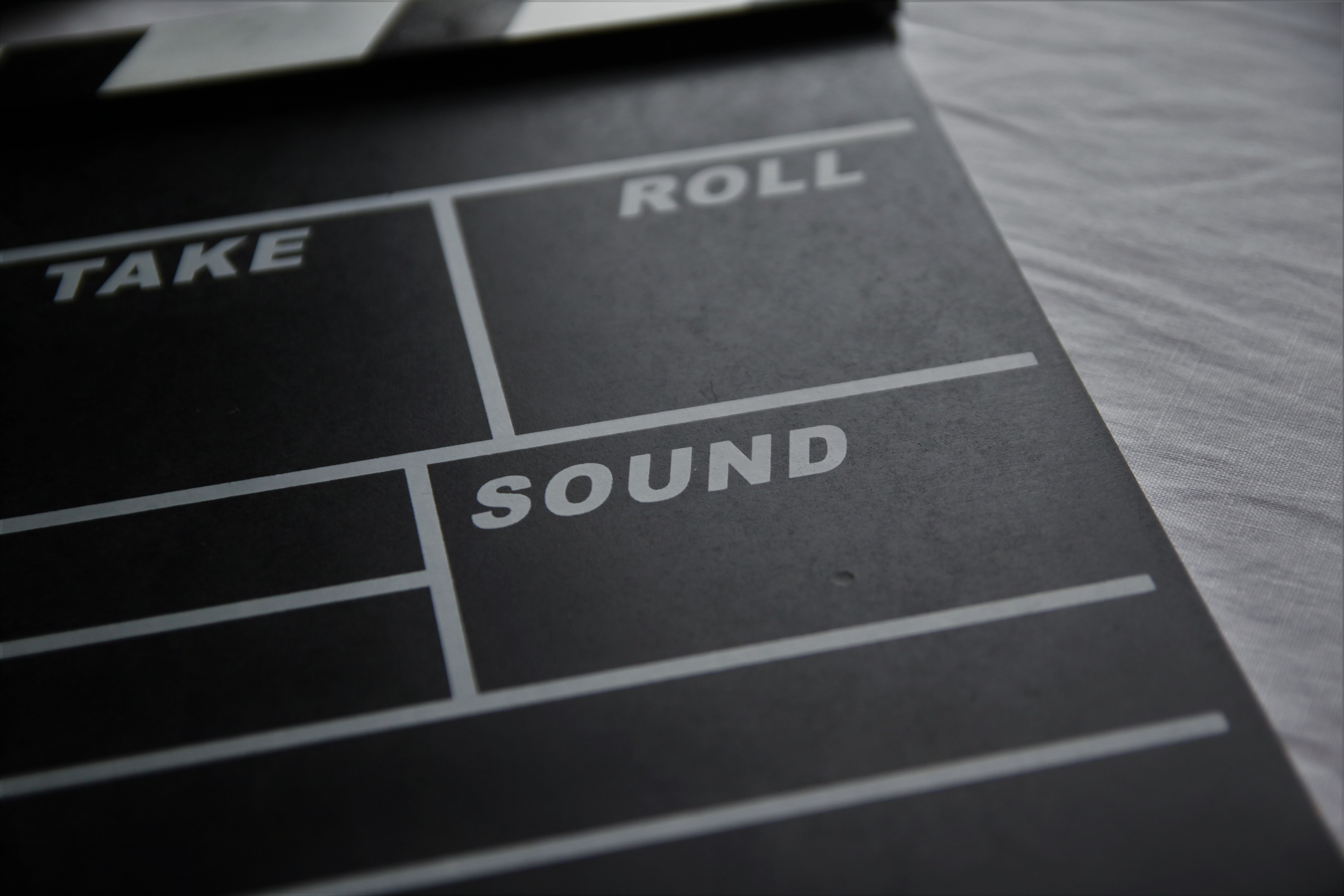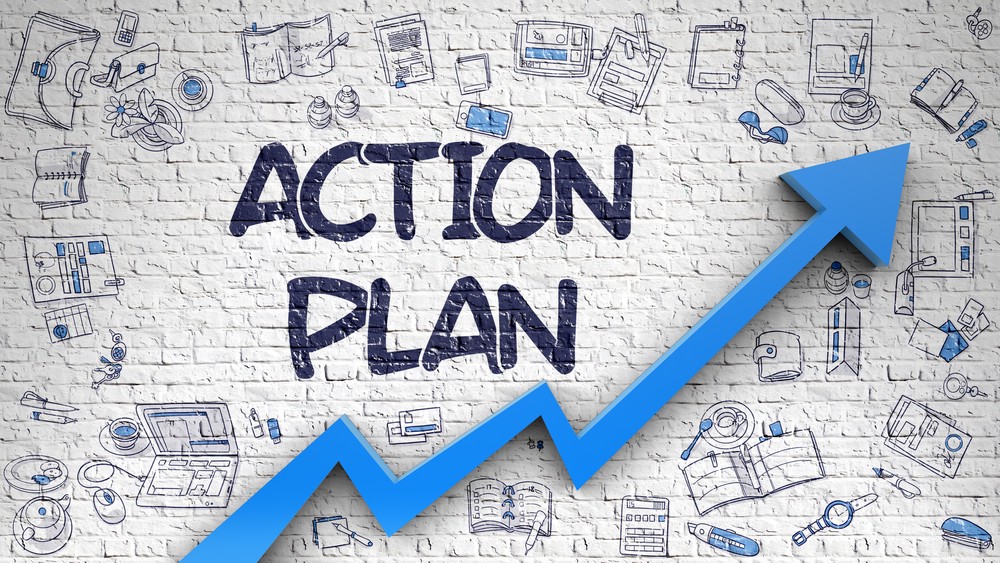1- What have you been working on in recent months?
Since the end of phase I extension we have been working on finalizing the project ideas with the local stakeholders so as to be ready for the project submission upon opening of the ERDF ROP calls. The three actions are now ready with only minor adjustments required.
2- Have there already been any results that you would like to share?
In this 2022 WaVE’s redevelopment sites have been standing in the spotlight:
● in January two sections of the Maritime Park project were approved for funding through the National Recovery and Resilience Plan for an overall budget of € 10.475.000,00, which means that the costs for the implementation of the project are thoroughly covered;
● on 10th May an agreement was signed with the Italian Ministry of Culture for the completion of the permanent setting of Classis Museum, including a dedicated room to host Theodoric' boat. The funding amounts to 2,5 million euros and includes redevelopment works within the Basilica of Sant'Apollinare in Classe and the installation of a new lighting system in the access area, which will give new visibility to the archeological park of Classe (one of WaVE's redevelopment sites). Besides RavennAntica foundation (one of WaVE’s most active stakeholders) is ready to submit a project under the National Recovery and Resilience Plan to extend the social inclusiveness of Classis Museum.
● the National Recovery and Resilience Plan is also going to finance the energy efficiency of the Almagià Theatre, redeveloped from a former refinery located in the Darsena Area.
● on 27th July the completion works for the pedestrian walkway along the Candiano canal in Darsena were resumed after two years break. The idea is to recover the eye contact with water and regenerate the whole area.
● The DARE UIA project in Ravenna has been investing in another vision of digital space, aiming to build a more inclusive and democratic digital model. By collecting stories and historical resources about the Darsena district, DARE has created a multi-layered chronicle of the area, allowing people to discover their heritage in an interactive and participatory way.
3- What unforeseen difficulties have you encountered?
The main difficulties has been the delayed approval of the Italian partnership agreement by the EU Commission, which has entailed a delayed approval of the ROP program.
4- Are you satisfied with the progress you have made so far?
We are satisfied with the commitment of the local stakeholders group which is a good starting point for further fruitful collaborations.
5- What challenges do you expect in the coming months?
Potential challenges might be the complementarity requirements of ROP FESR and RRF programs, that is the calls cannot cover the same topics. In other words whenever an RRF call of some interest for our WaVE sites has been launched the chances of having similar calls opened by the ROP ERDF program are very low.
